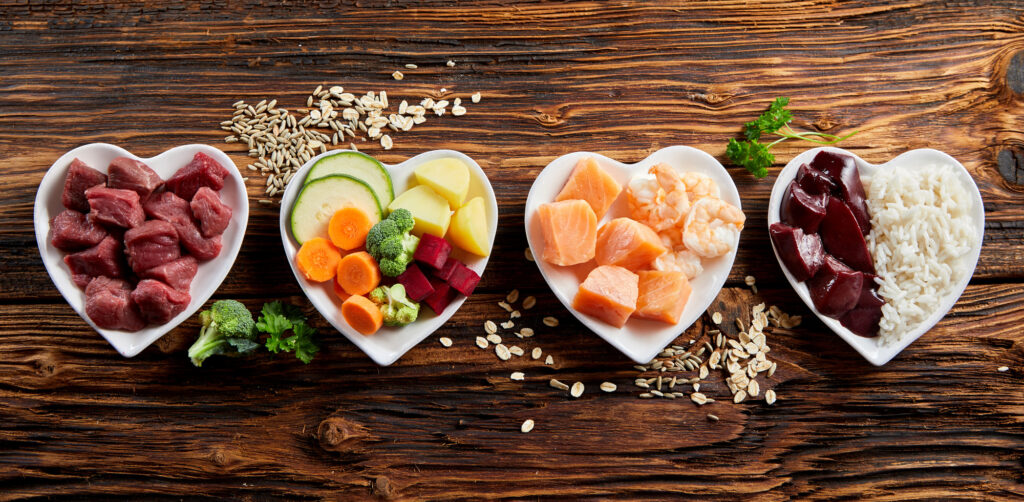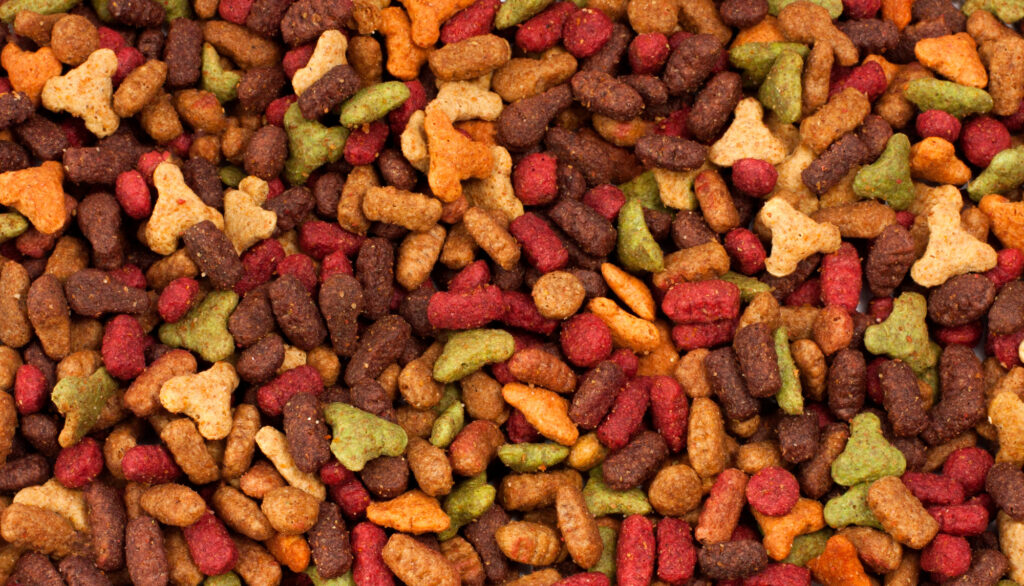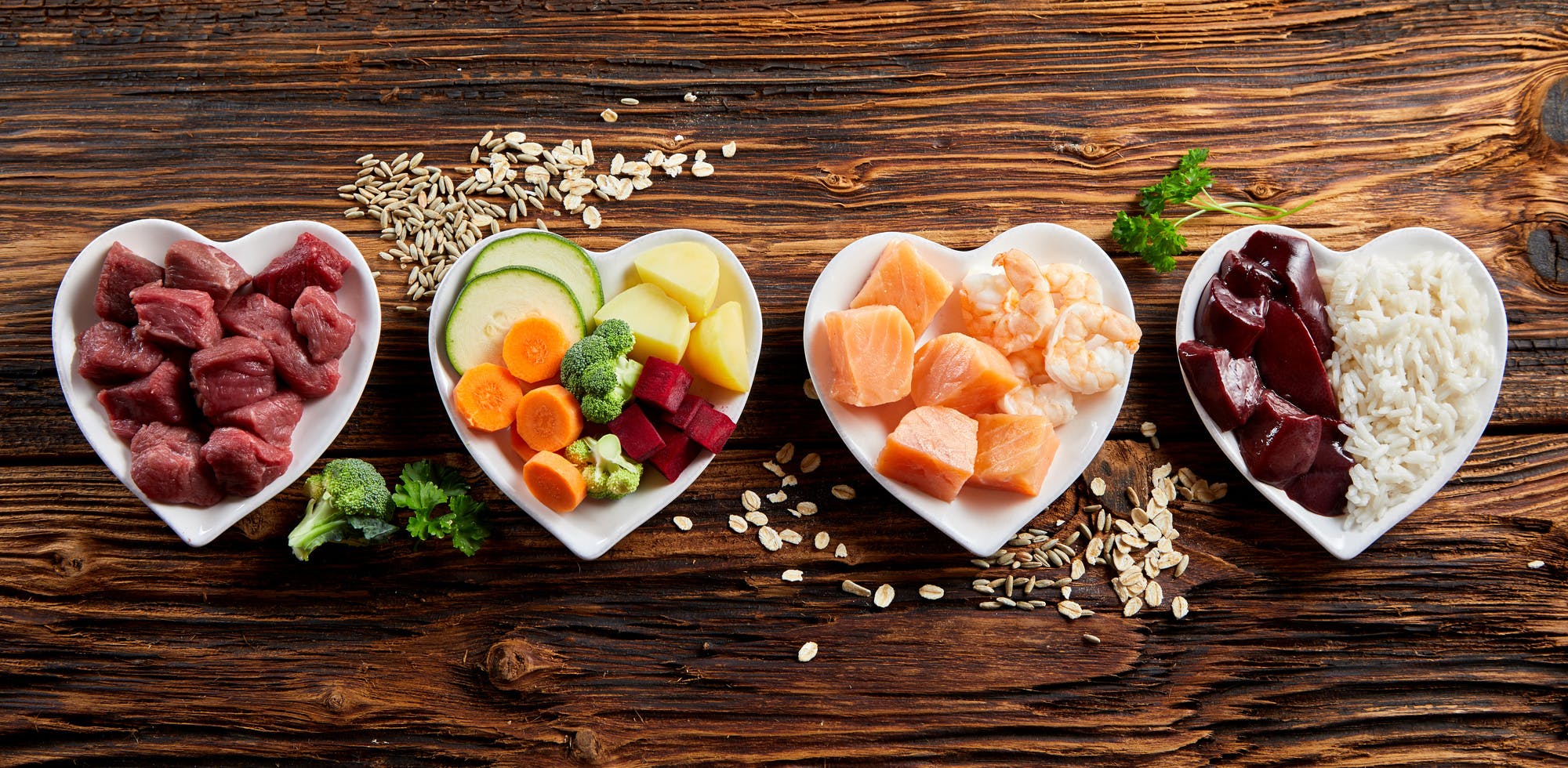When it comes to feeding your furry friend, the choices can be overwhelming. Freeze-dried dog food and traditional options each offer unique benefits and drawbacks. As a pet owner, understanding these differences can help you make the best choice for your dog’s health and happiness.
Freeze Dried Dog Food: A Modern Twist On Canine Nutrition

Freeze-dried dog food is a relatively new player in the pet food market, but it’s quickly gaining popularity. This type of food involves freezing fresh ingredients, followed by extracting the water content using a vacuum process. It preserves the food’s nutritional integrity, offering a diet close to what dogs would eat in the wild.
The Good About Freeze-Dried Dog Food
This kind of dog food offers several advantages that may align with your dog’s needs and lifestyle. Below are some of these benefits:
- High Nutritional Value: Freeze-drying preserves vitamins and minerals, ensuring your dog gets a nutrient-rich meal.
- Convenience: Lightweight and easy to store, freeze-dried dog food is perfect for busy pet parents. Plus, its minimal preparation time makes it a practical choice for those on-the-go moments.
- Long Shelf Life: Without moisture, freeze-dried food can last much longer than traditional dog food without preservatives. This feature makes it ideal for stocking up and reducing frequent shopping trips.
These pros highlight the modern approach to canine nutrition that freeze-dried dog food represents. However, it’s essential to consider the other side of the coin before opting for any premium food for your dog.
The Not-So-Good About Freeze-Dried Dog Food
Although freeze-dried dog food has its upsides, there are also some drawbacks to be aware of. Here are the key cons:
- Cost: High-quality ingredients and the complex freeze-drying process make this option more expensive.
- Preparation Time: Some freeze-dried foods require rehydration, adding an extra step to mealtime.
- Limited Variety: While growing, the range of freeze-dried options is still not as diverse as traditional dog food.
Understanding these cons is essential in weighing whether freeze-dried dog food is the right choice for your canine companion.
Traditional Dog Food: The Tried And True Choice

Traditional dog food, whether it’s dry kibble or wet food, has been the standard for decades. It’s formulated to provide complete nutrition and comes in various flavors and formulas to suit different breeds, ages, and dietary needs.
The Good About Traditional Dog Food
While the pros of freeze-dried dog food are appealing, traditional dog food remains a popular and practical choice for many. Its widespread availability and familiar formats make it a staple in many households. Here are the key advantages that keep traditional dog food at the forefront of pet nutrition:
- Affordability: Generally less expensive than freeze-dried options, traditional dog food fits a wider range of budgets. Its cost-effectiveness makes it a go-to choice for pet owners who want to provide quality nutrition without breaking the bank.
- Accessibility: Available at most grocery and pet stores, it’s easy to find a formula that works for your dog. This convenience ensures you always have a steady supply of your pet’s favorite food.
- Variety: With countless brands and formulas, there’s a traditional dog food to meet almost any canine need. Whether your dog requires a special diet or you’re looking for flavor variety, traditional dog food offers many options.
The strengths of traditional dog food lie in its practicality and accessibility, making it a dependable choice for many. However, weighing these benefits against the potential cons is essential to make the best decision for your furry friend.
The Not-So-Good About Traditional Dog Food
Like other products, not all aspects of traditional dog food are positive. There are some drawbacks that pet owners should be aware of:
- Preservatives And Fillers: To extend shelf life and reduce costs, some traditional dog foods contain preservatives and fillers that offer little nutritional value.
- Less Nutrient-Dense: The cooking process can diminish the natural nutrients found in the ingredients.
- Storage And Freshness: Traditional dog food can lose freshness and appeal once opened, especially if not stored properly.
Despite these drawbacks, traditional dog food remains popular due to its affordability, accessibility, and variety. It’s important to weigh these cons against the pros when deciding the best option for your dog.
Considering Your Dog’s Needs
Choosing the right food for your dog involves more than just picking between freeze-dried and traditional options. It’s essential to consider your dog’s unique needs to ensure they receive the best possible nutrition. Here are some key factors to keep in mind:
- Age And Life Stage: Different stages in a dog’s life, from puppyhood to adulthood and into their senior years, require specific nutritional needs. Puppies require more calories and particular nutrients for growth, while seniors might need more joint support and fewer calories.
- Activity Level: Active dogs and those with a more sedentary lifestyle have different energy needs. High-energy breeds might benefit from the calorie-dense nature of freeze-dried food, whereas less active dogs may do well with traditional food.
- Health Conditions: Dogs facing particular health challenges such as allergic reactions, gastrointestinal troubles, or obesity may need diets tailored to their specific needs. Freeze-dried food often contains fewer additives, which can be better for dogs with sensitivities.
- Breed Size: Large breeds have different nutritional needs compared to small ones. For instance, large breed dogs may need food that supports joint health, while smaller breeds might need smaller kibble sizes or higher energy content.
- Taste Preferences: Just like humans, dogs have their taste preferences. Some might prefer the taste and texture of traditional dog food, while others might find freeze-dried food more palatable.
Incorporating these considerations into your decision-making process ensures that your dog gets the nutrition they needs in a form that fits both their preferences and your lifestyle. But remember to take your dog to veterinarians first, especially if you’re considering a significant change. They can provide valuable insights and help tailor a feeding plan that’s ideal for your dog’s specific needs.
Wrap-Up: Making An Informed Choice
In the end, the best dog food is one that keeps your pet healthy, happy, and eager for mealtime. Whether you lean towards the modern approach of freeze-dried food or stick with traditional options, your decision should be based on what’s best for your dog’s individual needs.
When in doubt, it’s always wise to consult with your veterinarian. They can provide personalized advice based on your dog’s specific health and nutritional requirements. Whichever route you choose, feeding your dog a balanced, nutritious diet is a critical step in ensuring their long-term health and well-being.
* This blog is designed to be a community where pet owners can learn and share. The views expressed in each post are the opinion of the author and not necessarily endorsed by Pawjourr. Always consult your veterinarian for professional advice.
